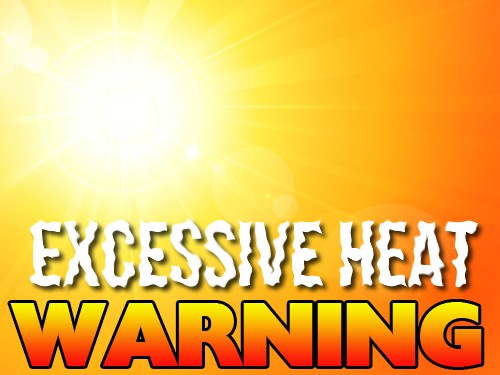Heat Illness Prevention During These Hot Summer Days
By Markie Hageman Co-Editor
It’s extremely important for farm employees to know how to prevent heat illness. Larry Williams is the CEO of the EE Hall Company among the largest ag labor contractors in the state. Williams is also the executive risk and safety manager for the company and they take worker’s safety in the field very seriously.
“Heat illness is a big thing for us because we employ over 25,000 employees throughout the state of California. And we’re in the ag industry and we’re in all commodities. So heat is a big thing, especially coming up in the summertime for us.”

Williams describes how they get it done across the state, and the first thing they provide is shade trailers for 100% of their employees.
“In addition to the shade trailers, if needed, we have canopy umbrellas where needed for our individual irrigators, and we try to make sure we’re ahead of the game”
State regulations say that shade must be available to all workers. When temperatures reach 80 degrees,
“Yes, we have to have shade available but every site that we pull up to, we automatically bring shape whether it’s 60 degrees, a hundred degrees shades already there and available.”
And of course, plenty of water must be available for all field employees. Additionally, when temperatures reach 95 degrees or above, the employer shall ensure that employees take a minimum 10 minute preventative cooldown rest period, every two hours.











